Where is Connemara? And what makes it so special? Here are 6 things you should know about our spectacular home, here on the Wild Atlantic Way.
Where is Connemara?
Connemara is a stunning and culturally rich region at the heart of Ireland's Wild Atlantic Way. Located in the west of Ireland, predominantly within County Galway, it extends roughly from Lough Corrib to the shores of the Atlantic Ocean, from Galway Bay to Killary Fjord, and out to Inishbofin Island. The Gaelic name Conamara derives from 'Conmhaicne Mara', which roughly translates to the clan or tribe of 'Conmhaicne located on the Coast' or 'Conmhaicne of the Sea'.
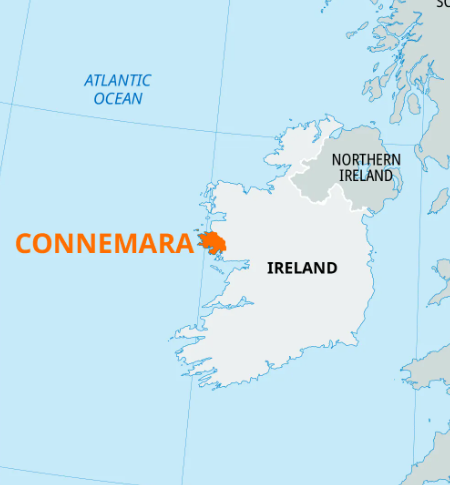
A Natural Paradise
Connemara is defined by its wild, mountainous terrain, scenic boglands, and numerous lakes. The coastline is jagged, with deep bays, inlets, and offshore islands, including the largest island, Inishbofin. It has a varied geology, with granite mountains rising steeply from the surrounding peatlands, creating a dramatic contrast. The fjord of Killary Harbour is a particularly striking geographical feature, carving into the landscape with a blend of sea and mountain views.
Its isolation, ruggedness, and exposure to the Atlantic Ocean give it a sense of wild beauty, characterised by changeable weather with swift shifts from sunshine to rain and back again. This blend of raw natural elements is one of the key reasons Connemara is often considered one of the most picturesque areas in Ireland.
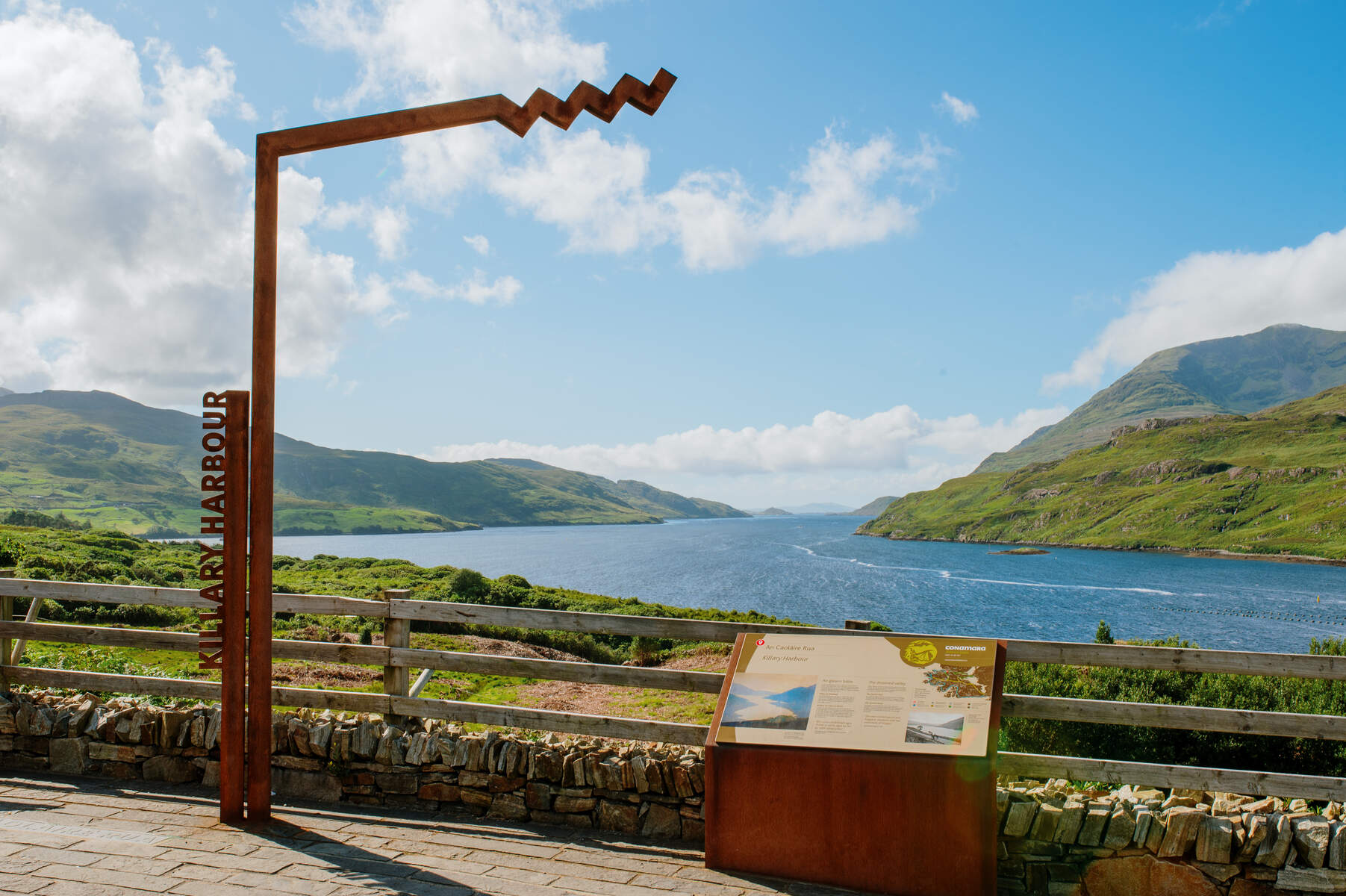
A Fascinating History
Inhabited since Neolithic times, Connemara is full of archaeological and historical treasures. There are standing stones and burial monuments dating back to the Bronze Age, as well as the remains of numerous early Christian sites. Like the rest of Gaelic Ireland, Connemara was ruled by Irish clans until the start of the 17th century, and the remains of their crannogs, castles, and fortifications can still be found.
Most of Connemara was accessible only on horseback or foot until the early 19th century. The Great Famine of the 1840s significantly impacted Connemara, with many people dying or emigrating to the US and Canada on the infamous 'coffin ships'. The remains of abandoned settlements and back-breaking 'relief works' from these tragic times are still visible.
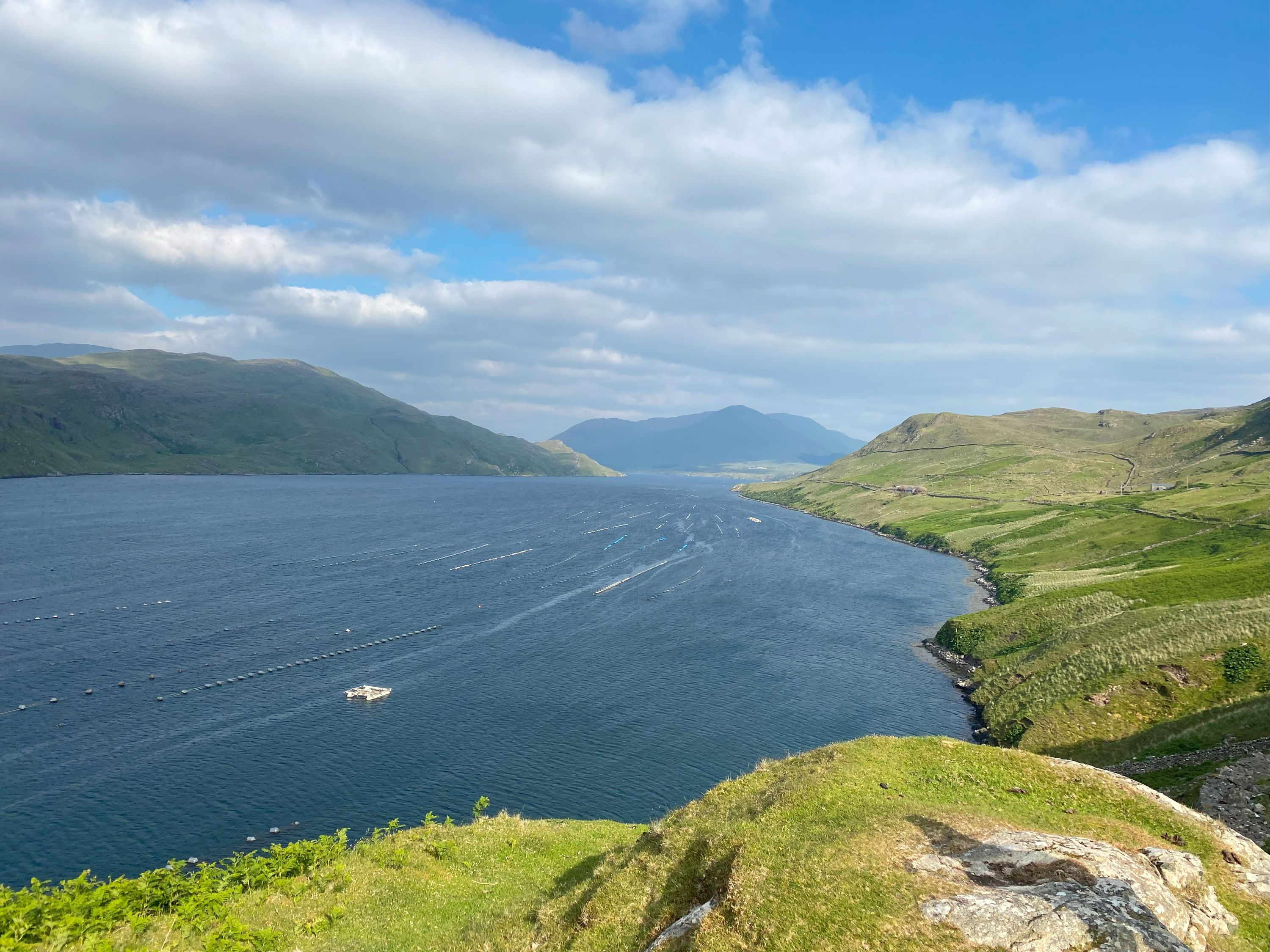
A Unique Culture and Heritage
One of the most distinctive features of Connemara is its preservation of Irish Gaelic culture. Due to its isolation, its traditional way of life remained intact for longer than other parts of Ireland.
Much of Connemara lies within the Gaeltacht, where Irish is still spoken as a first language by many locals. This helps preserve traditional Irish customs, music, and folklore. The area has a long history of oral storytelling, and Irish mythology continues to shape its identity.
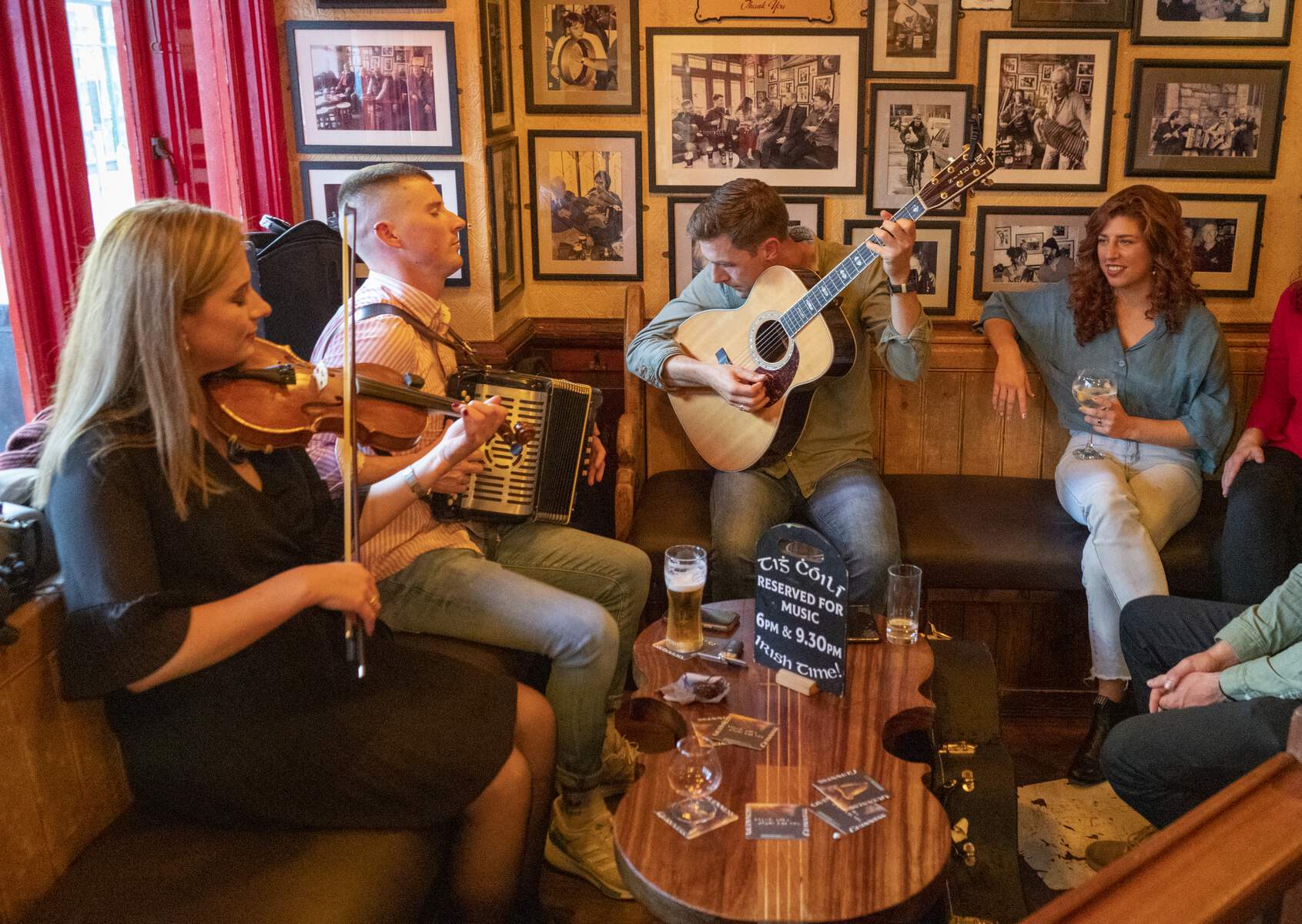
A Place of Inspiration
Connemara's wild beauty has inspired writers, artists, and musicians for centuries. The famous Irish writer Oscar Wilde once called Connemara a place of "savage beauty."
Many artists have set up studios here, drawn by its solitude and inspiration. Festivals such as the Clifden Arts Festival bring together musicians, poets, and visual artists from around the world.
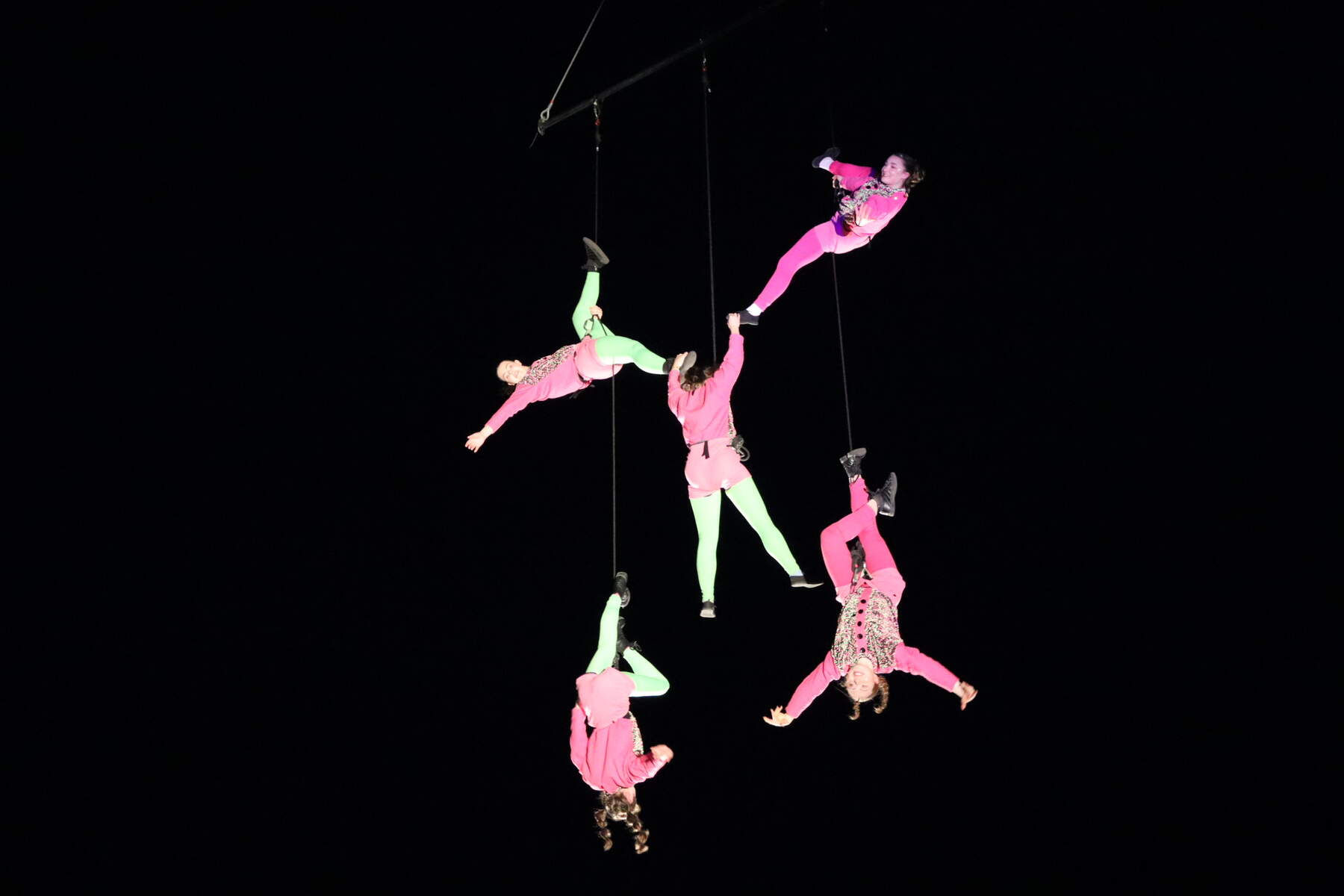
A Gourmet Destination
The gourmet food scene in Connemara is rooted in the natural bounty of the Atlantic Ocean and rugged land. The coastal waters produce some of the best seafood in Ireland, including oak-smoked salmon, oysters, Killary mussels, lobster, and more.
Connemara lamb is known for its distinctive flavour, influenced by the wild grasses and herbs grazed on local mountains. The region also boasts artisanal producers crafting whiskey, cheese, chocolate, edible seaweed, honey, and other local specialties.
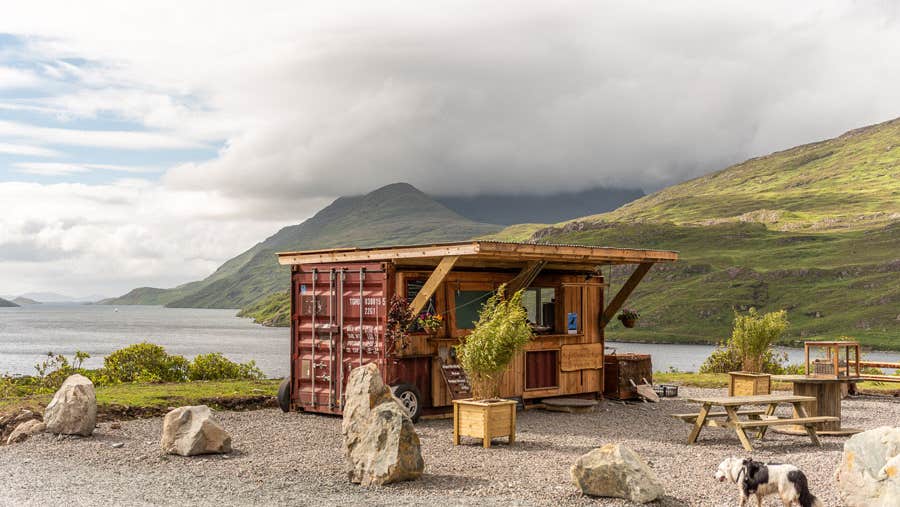
Ready to experience the magic of Connemara for yourself? Plan your adventure today!


 Walking Tours
Walking Tours